忘记密码
CLIP-Adapter: Better Vision-Language Models with Feature Adapters
Peng Gao∗1, Shijie Geng∗2, Renrui Zhang∗1, Teli Ma1, Rongyao Fang3,
Yongfeng Zhang2, Hongsheng Li3, Yu Qiao1
1Shanghai AI Laboratory 2Rutgers University
3The Chinese University of Hong Kong
{gaopeng,zhangrenrui,qiaoyu}@pjlab.org.cn
sg1309@rutgers.edu, hsli@ee.cuhk.edu.hk
Abstract:
Large-scale contrastive vision-language pretraining has shown significant progress in visual representation learning. Unlike traditional visual systems trained by a fixed set of discrete labels, a new paradigm was introduced in (Radford et al., 2021) to directly learn to align images with raw texts in an open-vocabulary setting. On downstream tasks, a carefully chosen text prompt is employed to make zero-shot predictions. To avoid non-trivial prompt engineering, context optimization (Zhou et al., 2021) has been proposed to learn continuous vectors as task-specific prompts with few-shot training examples. In this paper, we show that there is an alternative path to achieve better vision-language models other than prompt tuning. While prompt tuning is for the textual inputs, we propose CLIP-Adapter to conduct fine-tuning with feature adapters on either visual or language branch. Specifically, CLIP-Adapter adopts an additional bottleneck layer to learn new features and performs residual style feature blending with the original pre-trained features. As a consequence, CLIP-Adapter is able to outperform context optimization while maintains a simple design. Experiments and extensive ablation studies on various visual classification tasks demonstrate the effectiveness of our approach.



